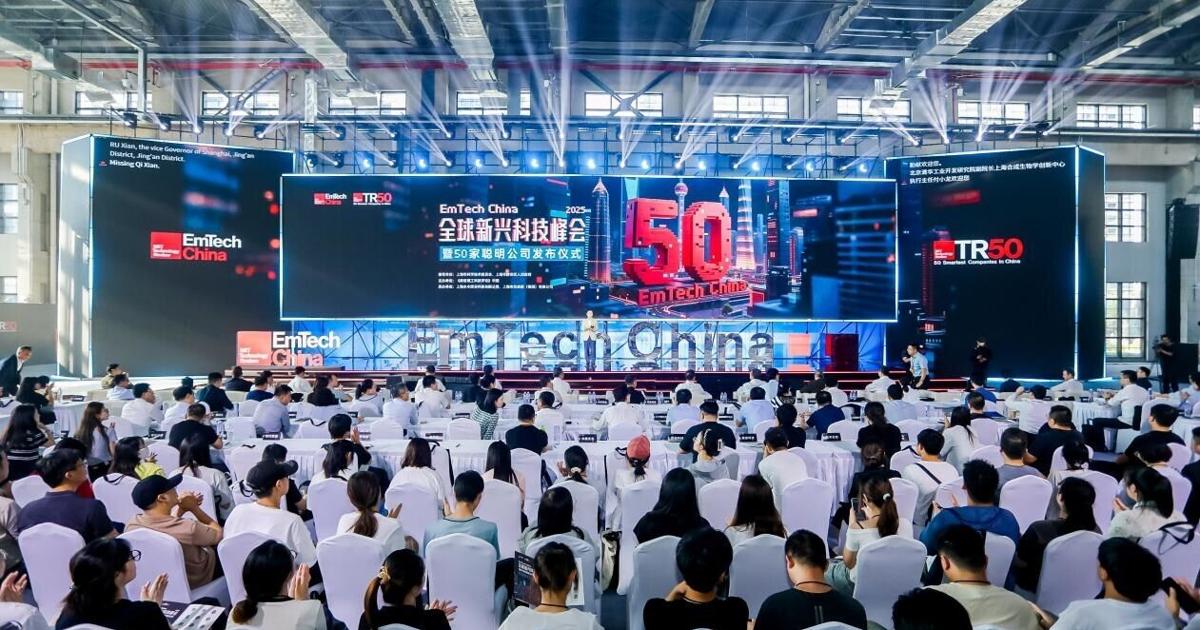By Wei Li
Copyright scmp

For over a decade, commentators have warned of China’s looming economic decline. Today, the challenges are real: US-China trade frictions, weak household consumption, an overstretched property sector and a shrinking workforce. Making money in China may feel harder than before.
Yet to see China solely through the lens of stagnation is to miss the profound transformation under way. Far from collapsing, China is restructuring. More importantly, it has nurtured a generation of entrepreneurs and consumers who are driving competitiveness at scale and continuing to integrate into global systems.
A key and often undervalued aspect of China’s resilience is the current generation of entrepreneurs. The first wave of business leaders, born in the 1940s and 1950s, has made way for the post-famine cohort born in the 1960s, 1970s and early 1980s. Unlike their predecessors who often relied on informal networks, this current group is technically trained and driven by innovation and co-creation.
The 2025 Forbes list of China’s 10 richest billionaires cements this trend. Most are from this younger generation, including the founders of ByteDance, Tencent Holdings, Xiaomi, Pinduoduo, NetEase, BYD and Alibaba Group Holding (which owns the South China Morning Post).
Most hold technical degrees and many come from Zhejiang or Guangdong province, known for their strong business culture. Having come of age during China’s reform era, they blend their experience of past scarcity with the opportunities presented by the market and technological co-creation alongside government and other partners.
A telling example is BYD’s partnership with the Shenzhen city government to develop the electric vehicle market.
Instead of targeting individuals first, BYD worked with the municipality to electrify the city’s bus and taxi fleets. This early institutional demand generated economies of scale, lowered costs and built public trust in the technology. Only after laying this foundation did BYD shift its focus to the private consumer market, a model of public-private co-creation that helped establish a world-leading EV ecosystem.
Digital giants like Alibaba and JD.com collaborated with local governments to modernise logistics and payment systems, as they integrated small and medium enterprises into their online platforms and created one of the world’s most advanced e-commerce ecosystems.
As one of the world’s largest populations, China’s consumers are a powerful force driving its economic transformation. With rising per capita income, consumers are becoming more rational yet more adventurous. The conspicuous luxury spending of the 2000s has given way to a sharper focus on value, quality and function.
Crucially, Chinese consumers are early adopters at scale. Brand loyalty is weaker than in the West; consumers switch quickly when they see better features or lower prices. The EV market illustrates this vividly. China has more than 150 active EV brands. BYD and Nio compete alongside dozens of nimble start-ups, forcing relentless cycles of product improvement and cost reduction.
As a result, EVs now make up more than half of all new car sales in China. The result is a consumer base that rewards speed, affordability and cutting-edge design – qualities that increasingly set global benchmarks.
China’s innovation system is underpinned by unusually intense competition. Apps, platforms and supply chains rise and fall at dizzying speed. The country’s billionaire rankings reshuffle almost annually. Such churn is not instability but Darwinian dynamism.
Consider BYD, China’s largest EV maker. It broke monthly sales records last year, selling more than half a million vehicles in each month of the final quarter, but its best month so far this year recorded sales barely above 380,000 as rivals surged. In the digital economy, Meituan, JD.com and Alibaba are locked in a bruising food delivery price war, battling through discounts, logistics innovation and new services. Survival requires constant reinvention.
While low-end manufacturing may be relocating offshore, high-end manufacturing and advanced supply chains remain firmly anchored in China. China leads globally in supply chains ranging from EV batteries, solar panels and energy storage to automated machinery. Factories are still hiring, but the nature of production is changing. Beijing’s pivot from a real estate-driven economic model to one centred on advanced machinery and industrial production marks a deep structural transformation.
China is deploying more industrial robots than the rest of the world combined, underscoring both the scale and the speed of its manufacturing upgrade. The steel sector shows the shift: in 2010, construction absorbed 42 per cent of China’s steel demand; by 2023, machinery overtook construction, accounting for 30 per cent versus 24 per cent. This rebalancing signals a deeper reorientation towards more durable, innovation-linked industries.
In response to tariffs and rising domestic costs, Chinese manufacturers are expanding their global footprint. Rather than just acquiring foreign companies, they are building factories abroad, especially in Southeast Asian countries like Vietnam, Thailand and Malaysia. This expansion is focused on sectors such as EVs, solar energy and electronics, representing not a retreat but a deeper integration into global supply chains.
For the rest of Asia, this transformation presents a clear opportunity. Instead of being passive spectators, Asian countries can engage as partners in China’s restructuring. Strategic engagement and selective partnerships in areas like clean energy and digital ecosystems are the recommended path.
It is crucial for Asian nations to insist on collaboration that creates local value, ensuring Chinese companies co-create and contribute directly to local industrial upgrading. This approach is realistic, as Chinese entrepreneurs have already shown a capacity for co-creation and collaboration within their domestic market, making them well-suited to extend these practices across the region.



